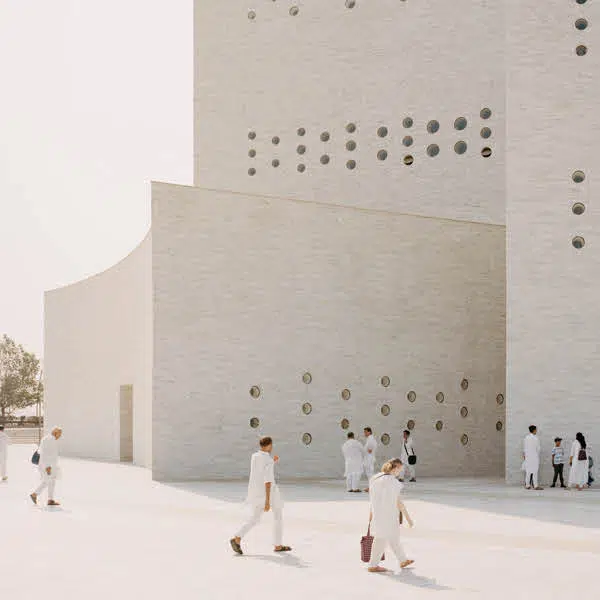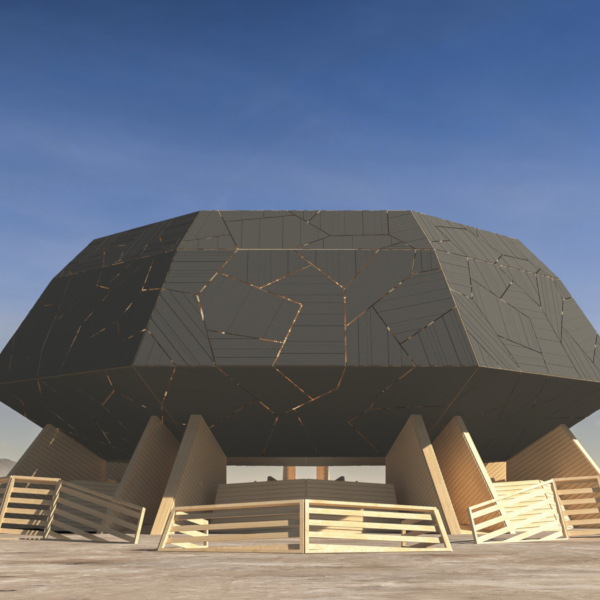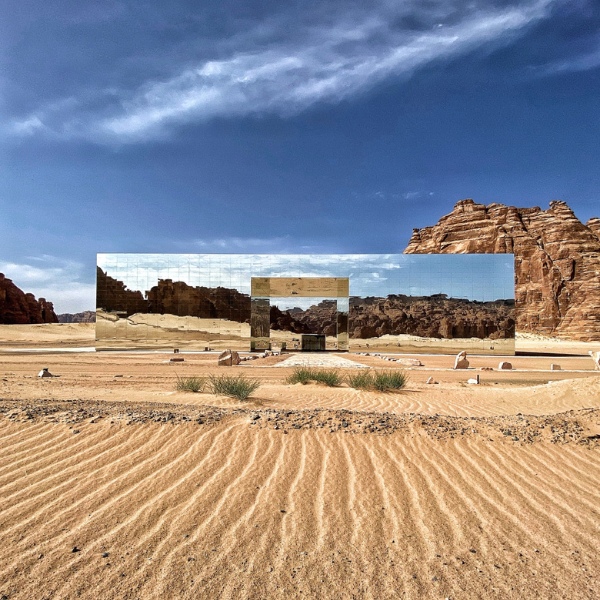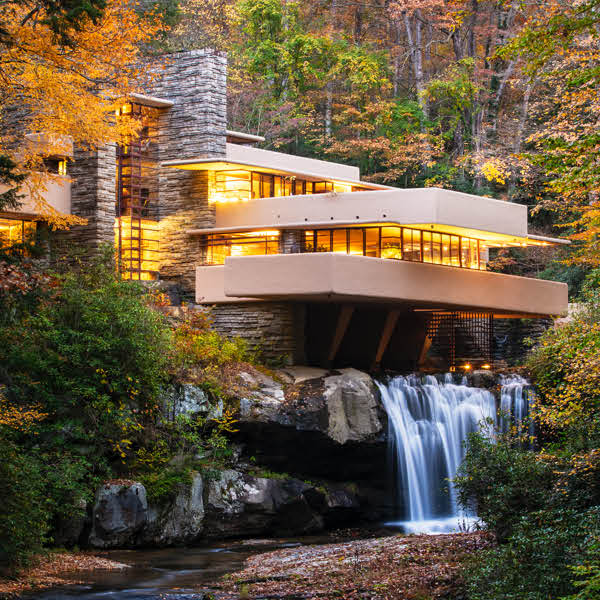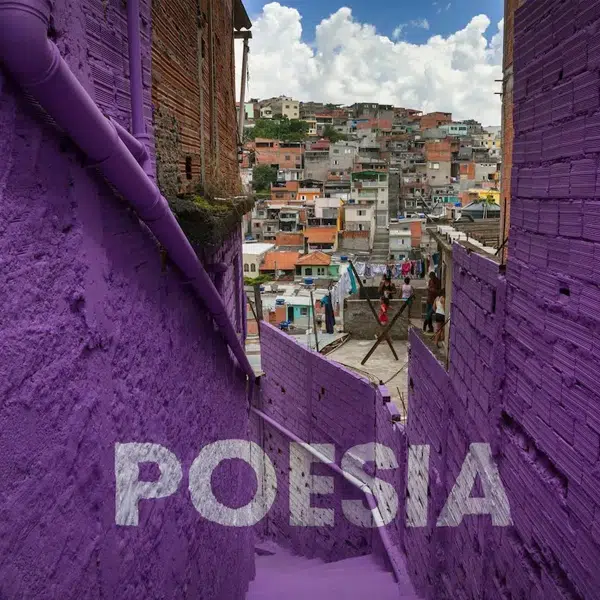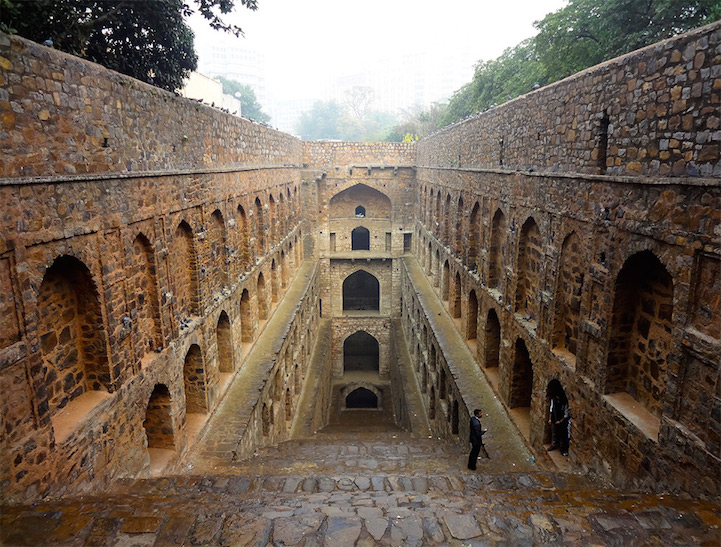
Tucked away on quiet streets far from the hustle and bustle of popular tourist attractions, in between the spectacular palaces, temples, and tombs that appear on the covers of guidebooks, an entire category of Indian architecture has faded into obscurity and historical obsolescence. Called stepwells, these centuries-old structures consist of deep wells that can be accessed via staircases plunging several stories underground. The magnificent edifices, which Chicago journalist Victoria Lautman has spent four years photographing at 120 sites around India, were born of necessity between the 2nd and 4th centuries A.D. as a way to guarantee a steady water supply in a primarily arid climate interrupted by torrential monsoons for a few weeks each year.
Although the subterranean stepwells first took on the form of rudimentary trenches dug into the water table, by the 11th century, they had evolved into astonishingly complex feats of engineering and art that boasted intricate elements from Hindu and Islamic architecture. With the appearance of “reverse” temples subverted underground, stepwells not only became sources of water, but were also seen as public monuments that functioned as cool, summertime retreats for travelers, pilgrims, and locals. Many stepwells were commissioned by wealthy or powerful philanthropists (nearly a fourth of whom were said to be women) as spiritual, earthbound bastions built to last for an eternity.
Over the centuries, most of India's thousands of stepwells have fallen into states of neglect for a number of reasons. Under British rulers, the structures were deemed unhygienic breeding grounds for disease, and were consequently barricaded, filled in, or destroyed. Modern substitutes like plumbing and water pumps have also eliminated the need for stepwells. Due to industrialization, unregulated pumping, and drought, water levels in India have fallen, leaving many of the remaining stepwells dry and crumbling into ruins. Some have been turned into garbage dumping grounds, while others are used as latrines or inhabited by wildlife.
Despite this grim outlook, India's burgeoning water crisis has resulted in a few recent efforts to reactivate stepwells in the hopes that they might once again collect and store water. Meanwhile, individuals like Lautman have been working to raise awareness and to document the subterranean marvels before they disappear. For more information about stepwells, check out Laurman's article on Arch Daily, entry on Encyclopaedia Britannica, and video titled “Subterranean Ghosts: India's Disappearing Stepwells”.
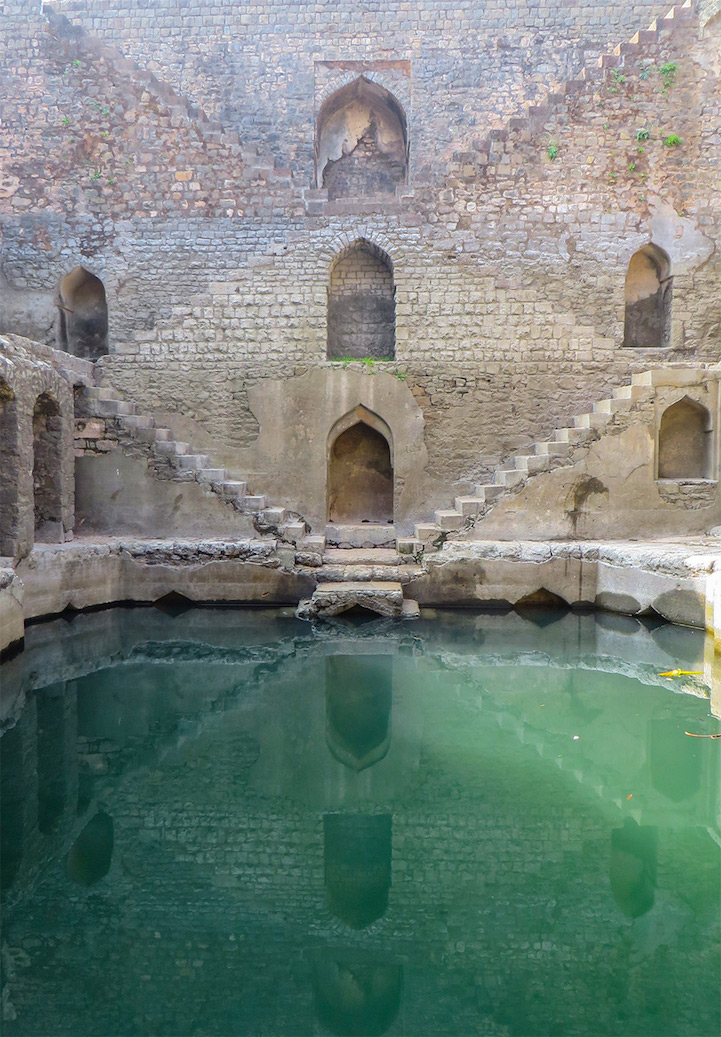

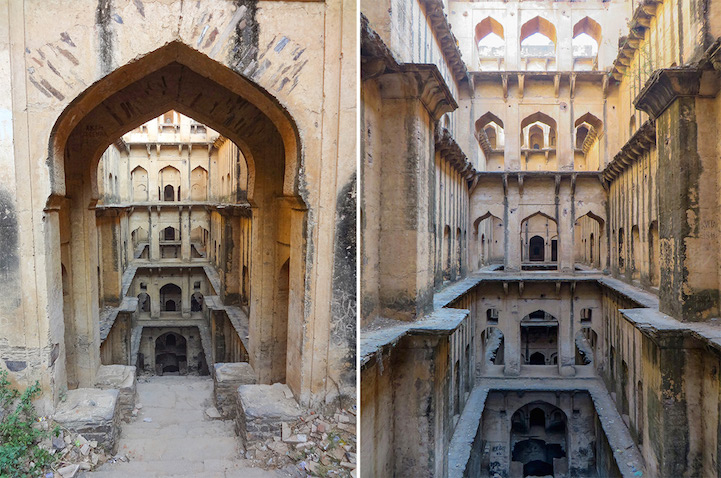
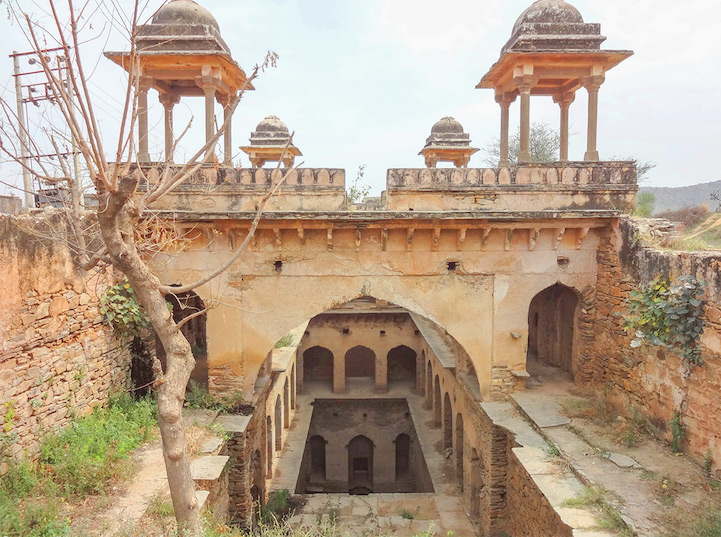
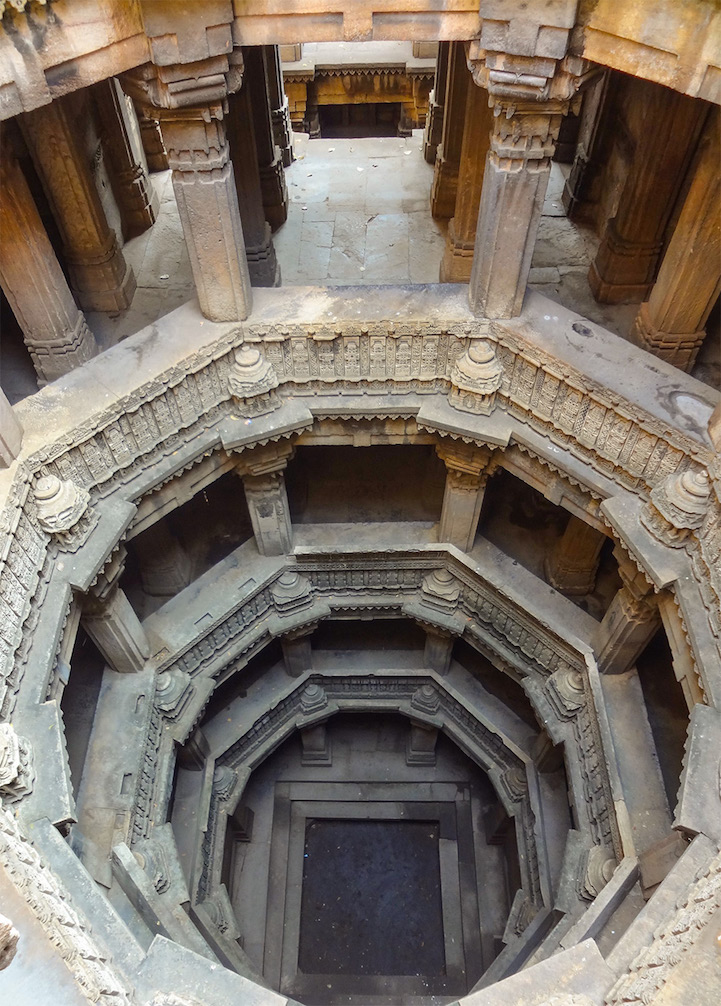
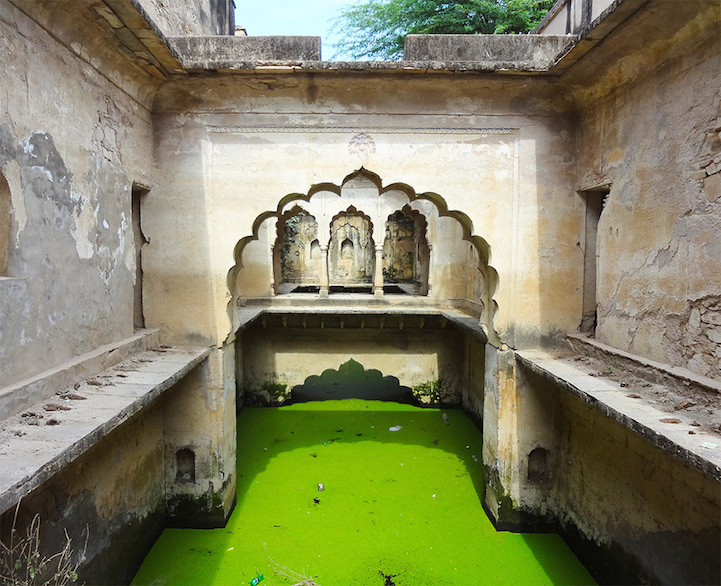
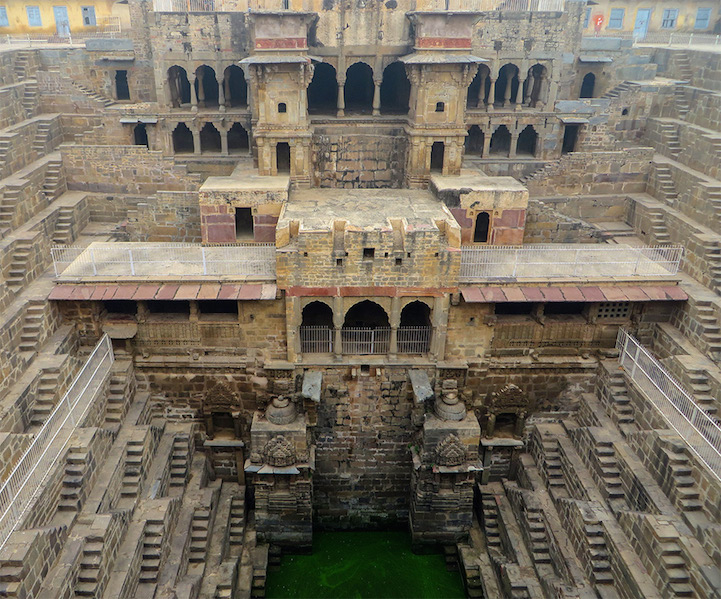
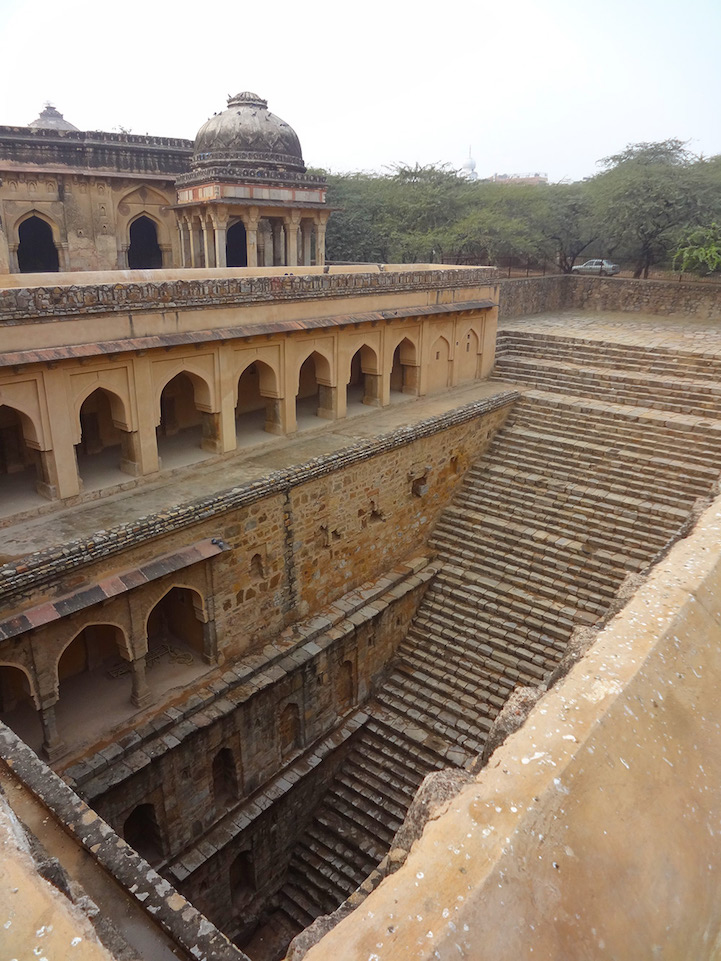

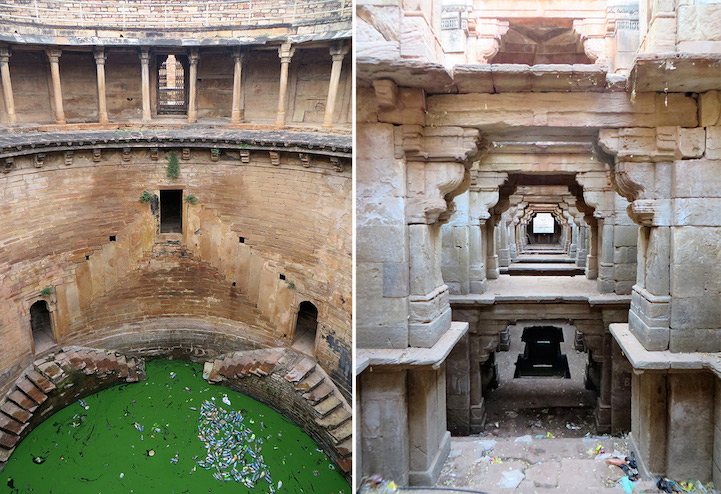
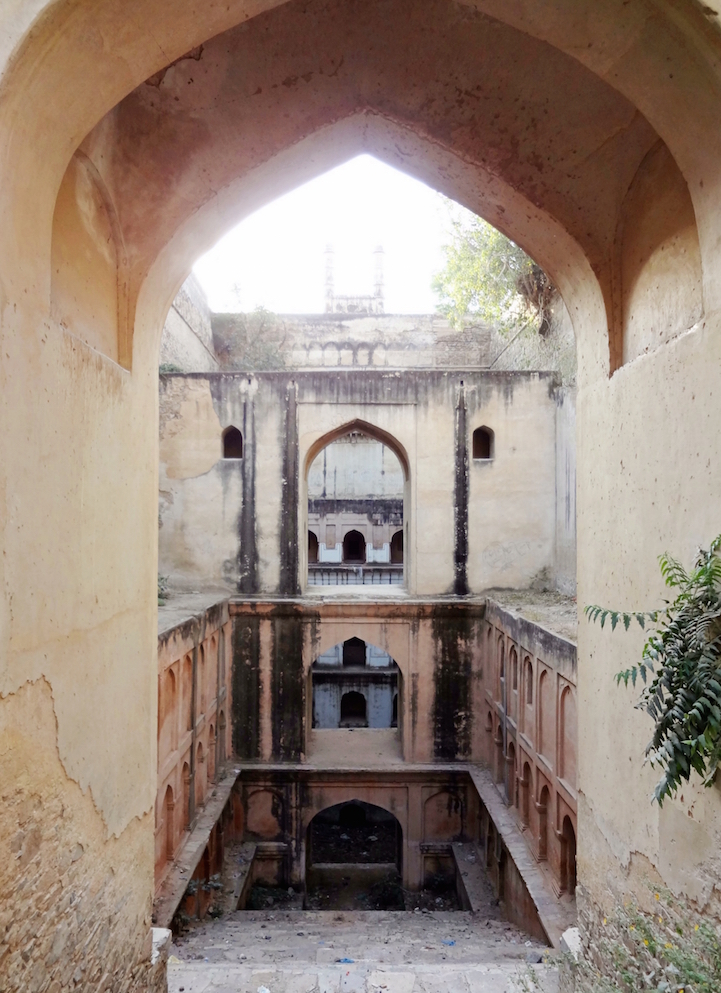
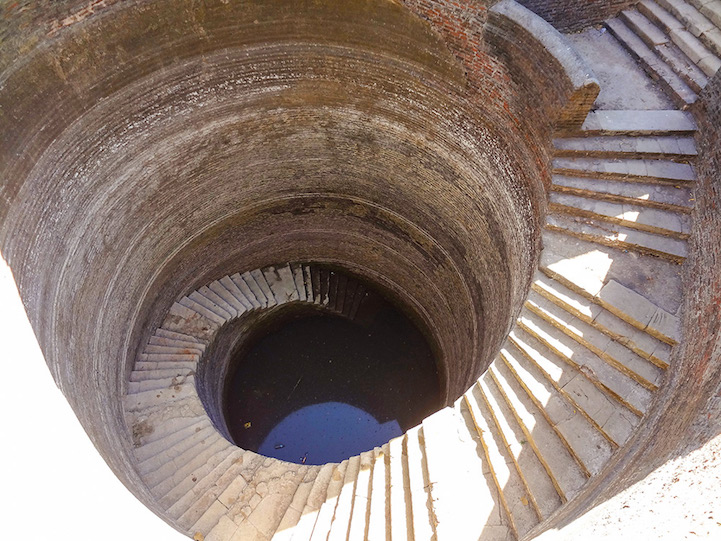
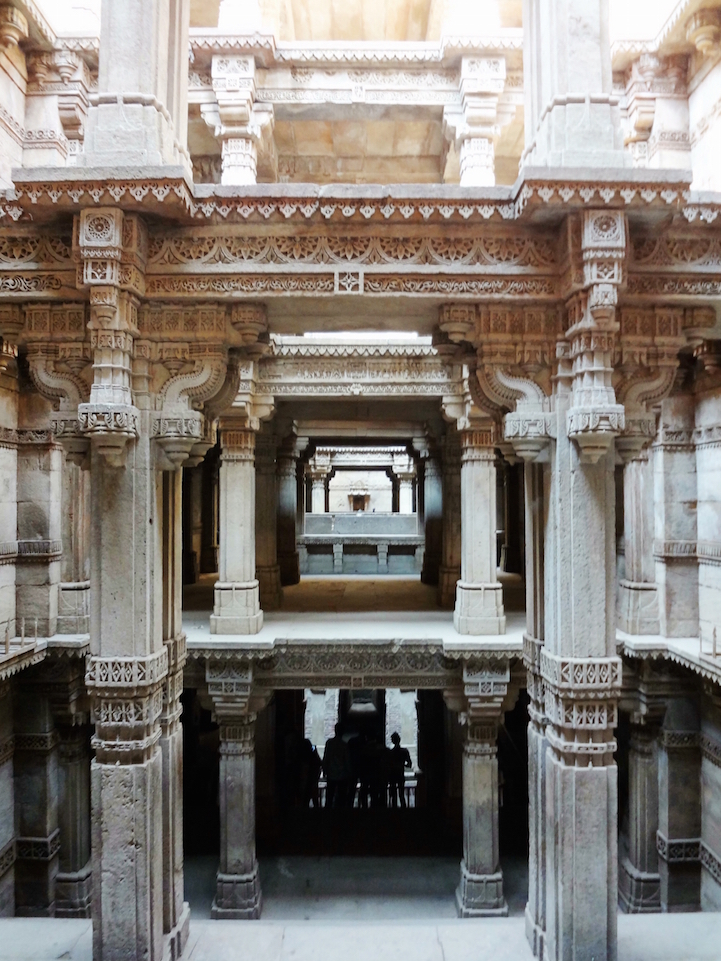
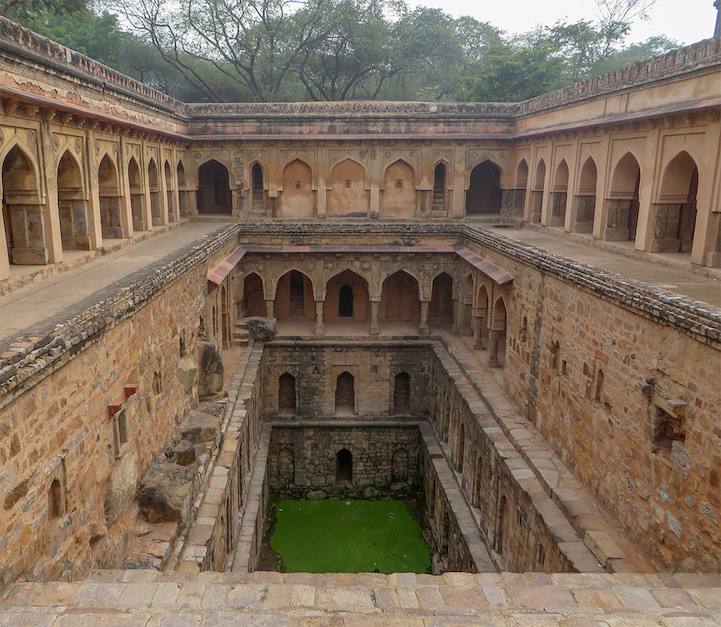
Victoria Lautman: Website
via [Colossal, Arch Daily]














































































